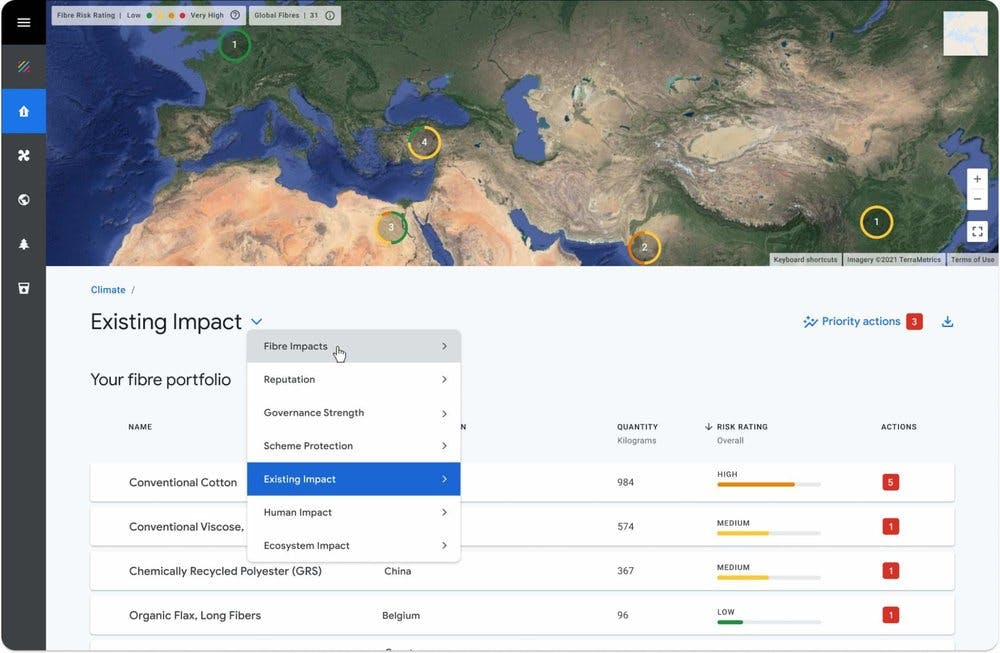
The coronavirus pandemic has raised awareness among GCC countries of the importance of environmental, social and corporate governance (ESG) standards. If current trends continue, then ESG could become a valuable element of the region’s recovery from Covid-19.
ESG standards are used by investors to evaluate potential investments, as well as enabling business leaders to formulate responsible and sustainable corporate strategies.
Environmental criteria take into account a company’s environmental footprint, as well as the actions it takes to offset it. Social criteria evaluate how it manages relationships with its various internal and external stakeholders. Lastly, governance criteria evaluate the inner mechanisms of a company’s management and operations.
Demand for investments that are ethical and sustainable has been increasing in recent years. Globally, more and more investors are turning to businesses that embrace ESG, and this tendency has been boosted by Covid-19.
As phrased in a report published by S&P Global in April last year, “strong ESG performers with stakeholder-focused and adaptive-governance structures are likely to remain resilient amid these rapidly changing dynamics”.
ESG standards have become a central focus of the world’s major financial bodies. In January this year, at the World Economic Forum (WEF) in Davos, it was announced that a coalition of multinationals and business leaders had signed up to the “Stakeholder Capitalism Metrics”, a set of ESG standards released by the WEF and the International Business Council in September 2020.
“Stakeholder capitalism [has become] mainstream,” Klaus Schwab, founder and executive chairman of the WEF, told international media at the time. “The public commitments from companies to report not only on financial matters but also their ESG impacts are an important step towards a global economy that works for progress, people and the planet.”
Meanwhile, the International Financial Reporting Standards Foundation is moving forward with its plan to develop a single set of internationally recognised sustainability standards. In early February the foundation announced the goal of producing a definitive proposal by September this year.
In the GCC region, ESG has likewise become a hot topic in recent months.
For example, at the end of last year the CFA Institute – a global investment association – announced the results of a study which found that 94% of retail investors in the UAE were interested in or applied ESG principles in 2020, up from 90% in 2018.
Meanwhile, 74% of investors in the UAE with values-based objectives said they would be willing to give up some profit in exchange for meeting their values objective.
Green shoots in the GCC
Significant steps have been taken by major regional players towards a more ESG-oriented future.
Qatar National Bank (QNB) set up its Green, Social and Sustainability Bond Framework in February last year.
Related Video: Fukushima’s Radioactive Wastewater Disaster Then, in September last year, QNB launched its $600m green bond, for which it received subscriptions of more than $1.8bn. These proceeds will be used to “finance and/or refinance assets in verified Eligible Green Projects”, the bank said.
This was only the second such issuance from a commercial bank in the GCC, following the green bond of the National Bank of Abu Dhabi, as it was then known, in 2017.
In a further sign of the growing interest in such instruments in the region, in April last year the Dubai Financial Market launched the UAE ESG index, while in August Tadawul – Saudi Arabia’s stock exchange – announced that it planned to launch its own ESG index in 2021.
This was followed in September by Saudi Electricity’s $1.3bn green sukuk (Islamic bond) issuance, which was five times oversubscribed, a result that was driven by growing regional demand for ESG-compliant investments.
Saudi Arabia recently reinforced its commitment to ESG and sustainability during the Saudi Future Investment Initiative in January, at which Tadawul and the Future Investment Initiative Institute signed a memorandum of understanding to advance ESG awareness in the Kingdom.
At the same conference Prince Abdulaziz bin Salman Al Saud, the minister of energy, told media that Saudi Arabia was set to become “another Germany when it comes to renewables”.
Related: How Oil Could Go To $100 Per Barrel
Despite these promising indications, however, the Saudi ESG index has yet to be launched.
Elsewhere in the region, in early February the Abu Dhabi Investment Office launched an ESG policy, which it will deploy in relation to different operations, among them public-private partnerships.
ESG key to GCC recovery?
The growing focus on ESG standards dovetails with development priorities shared by countries in the GCC region.
On the one hand, it ties in to different diversification strategies. Last year’s slump in oil prices served to underline the importance of a more broad-based economy. Investments guided by ESG – for example, in renewable energy – offer a way to augment diversification.
On a related note, the Gulf is on the front line of climate change, and ESG can boost resilience as well as reducing emissions.
Lastly, globally speaking, ESG-guided companies have proven remarkably resilient in the face of Covid-19. An increased focus on ESG may thus constitute a way to drive a sustainable recovery from the pandemic.
By Oxford Business Group
Source Oil Price





